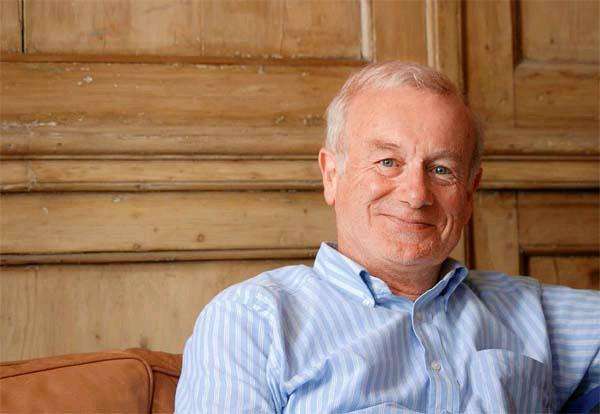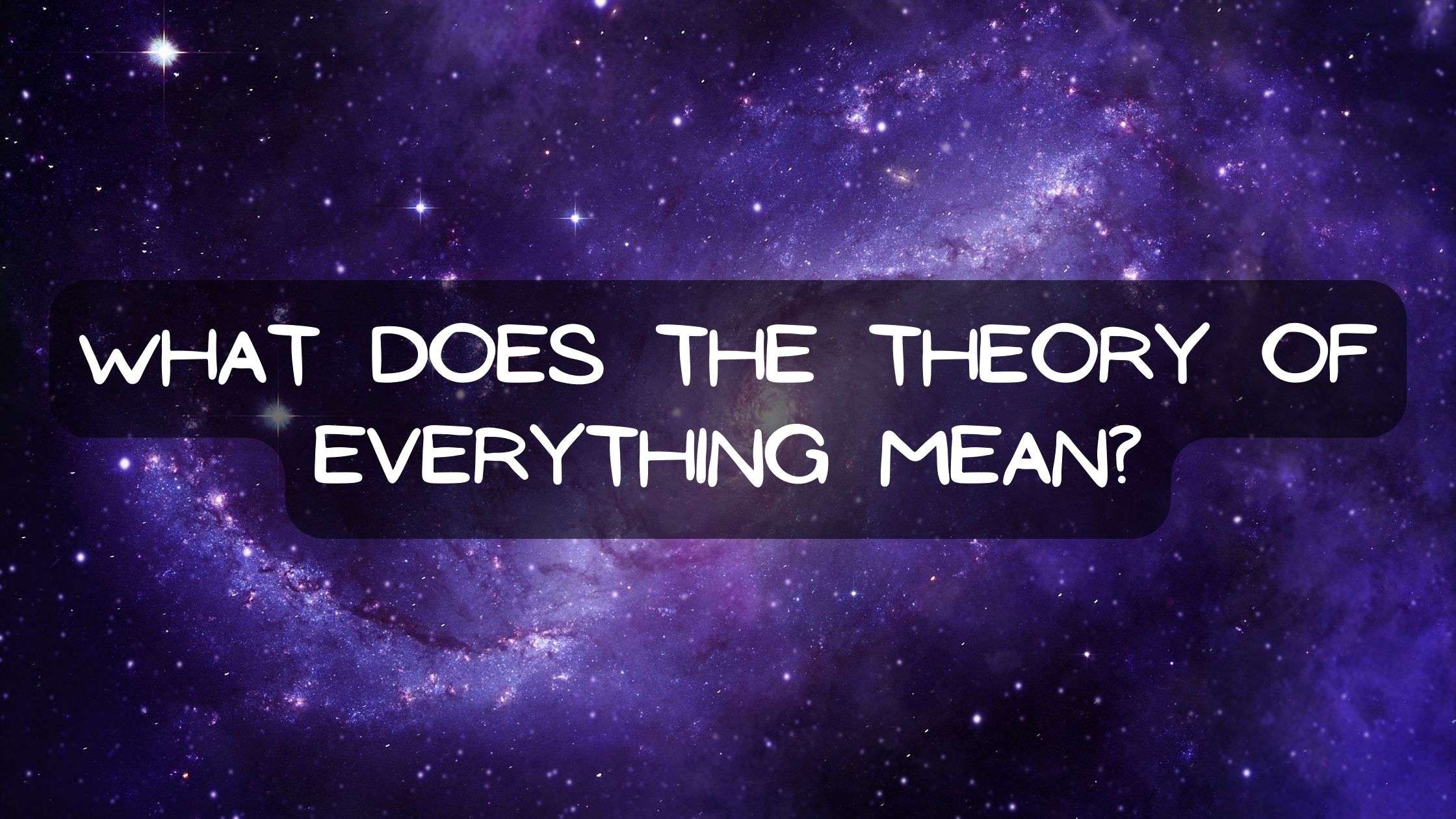The Theory Of Everything

The attitude of physicists in such popular readers may be overly optimistic. In the field of physics, the term “theory of everything” just reminds people of a certain period of history and reminds people not to be too optimistic. For physicists who are striving to build a modern theory of everything, the term actually represents is a decades-long process that continues to fail.
Frank Close, a physics professor at Oxford University, published his new book in March 2017, simply titled Theories of Everything: Ideas in Profile. In this book, the author seems to be a linguist, telling readers about the evolution of the meaning of the term “Theory of Everything” – people seem to be pursuing the Theory of Everything forever, but fail again and again where they are close to success , in order to continuously expand his concept of “everything”.
In Professor Colosse’s little book, the story begins in 1894. American physicist Albert Michelson, famous for measuring the speed of light, said in this year: “(physics) all the underlying laws have been established, and the truth of physics in the future needs to be in six decimal places. Look afterward.” A few years later, Lord Kelvin’s description of the achievements of physics at the time in the first year of the 20th century was more direct: there is nothing worth discovering in physics now.
Perhaps physicists prefer this formulation. In fact, about 200 years before Michelson first stated that human beings had discovered the “Theory of Everything”, when Isaac Newton published his masterpiece “Mathematical Principles of Natural Philosophy”, he acted as God’s spokesperson and did not allow any Doubtful to the reader about the mathematical form in which God created the world. So much so that the British poet Alexander Pope wrote a poem about this: “Nature and his laws are hidden in darkness. God said: ‘Let Newton appear! Then, there is light.” And 200 years later, when physicists Describe the Theory of Everything in a more confident way, with almost no place for God.
When Professor Colosse described the history of more than 100 years ago in the 21st century, he did not think that it was the arrogance of physicists that led to a complete misjudgment of the development of physics at that time. Given the range of human cognition at that time, it can indeed be said that human beings have mastered a certain degree of the theory of everything. Lord Kelvin mentioned in his speech that with the concept of electromagnetic theory, people have realized that phenomena such as light and heat are all forms of motion. In the same speech, Lord Kelvin then referred to the famous “two dark clouds” above the blue sky of physics, completely unaware that these two dark clouds were the harbingers of a storm – just a few years later, These two dark clouds triggered a revolution in physics.
As Huxley said, the most important lesson that human beings can learn from history is that they learn nothing from history. Less than a hundred years after classical physics was destroyed, physicists have begun to yearn for a new theory of everything. Since the 1980s, the famous theoretical physicist Stephen Hawking has claimed that an all-inclusive theory of everything is not far away, ignoring that humans still know nothing about the dark matter that pervades the surrounding environment.
Hawking’s predictions were largely driven by the astuteness of a leading physicist, ignoring the failures physicists have experienced over the centuries. At that time, human research on dark matter had not yet become obvious science. At that time, people still had enough confidence to use the existing framework to include dark matter. At that time, the observation methods of cosmology were not rich enough, and it would take more than ten years for human beings to discover it. The expansion of the universe is accelerating, and a more confusing term, “dark energy”, will only appear in the public eye at that time. In addition, the big framework of physics at that time was almost the same as it is now. The so-called “Standard Model” has been proposed for many years. Although it has not been confirmed, Hawking has reason to believe that the Standard Model will be the framework that constitutes the theory of everything.
The last and most important prediction of the Standard Model, the Higgs boson, was not found by collision experiments at the Large Hadron Collider in Europe until 2012, and the final completion of this theory does not mean everything The completion of the theory, because then, the Large Hadron Collider continued to almost rule out the possibility of supersymmetric theory, string theory and other theories that theoretical physicists are keen on becoming the theory of everything through experiments.
The Standard Model is the new blue sky for 21st century physics. So far, all human high-energy physics experiments have been completely in line with the predictions of the Standard Model. At the same time, physicists also know that outside this blue sky, there is a lot of darkness shrouded. People used to think that the so-called theory of everything was difficult to combine different theories, and in the process, people’s concept of everything was continuously expanded.
Professor Colosse believes that although it cannot describe everything, the standard theory that has been repeatedly verified so far may become the “core theory” of a future theory of everything. With this theory as the center, it is possible for human beings to gradually explore the existence form of all things. Although the theory of everything seems out of reach, judging from the combination of quantum mechanics and relativity, the biggest problem in physics today, it is very likely that people will eventually realize that time and space are not actually the most basic forms. The so-called space-time may just be the manifestation of something more fundamental.
Perhaps every time physicists think that they are on the eve of finding the theory of everything, it means that another great revolution in physics is coming, the traditional concept is overthrown again, and the gods and devils of physics appear alternately. Perhaps this is how physics progresses – as the English poet John Squire continued in Popper’s poem about Newton: “It didn’t last long, and the devil cried: ‘Let Einstein appear! Everything is back to normal.”
Also Read – Friendship Day quotes | Friendship day wishes | Friendship day images | Raksha Bandhan quotes | Raksha Bandhan wishes | Raksha Bandhan messages | Motivational Quotes For Entrepreneurs | Best Inspirational Quotes For Entrepreneurs | Good Night Motivational Quotes | Motivational quotes for business owners | Motivational quotes for business owners
Follow Us On Instagram – theory.of_everything
